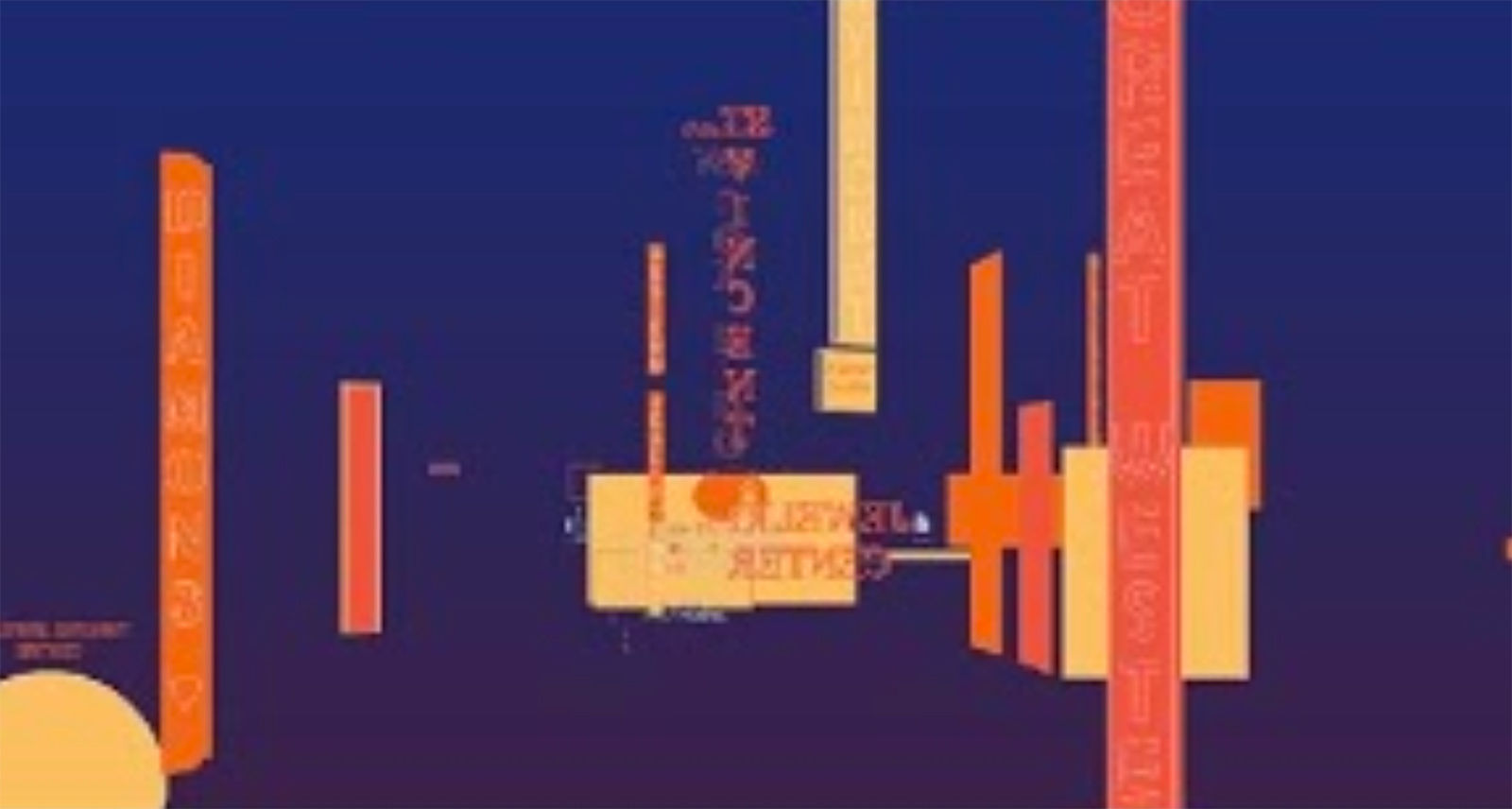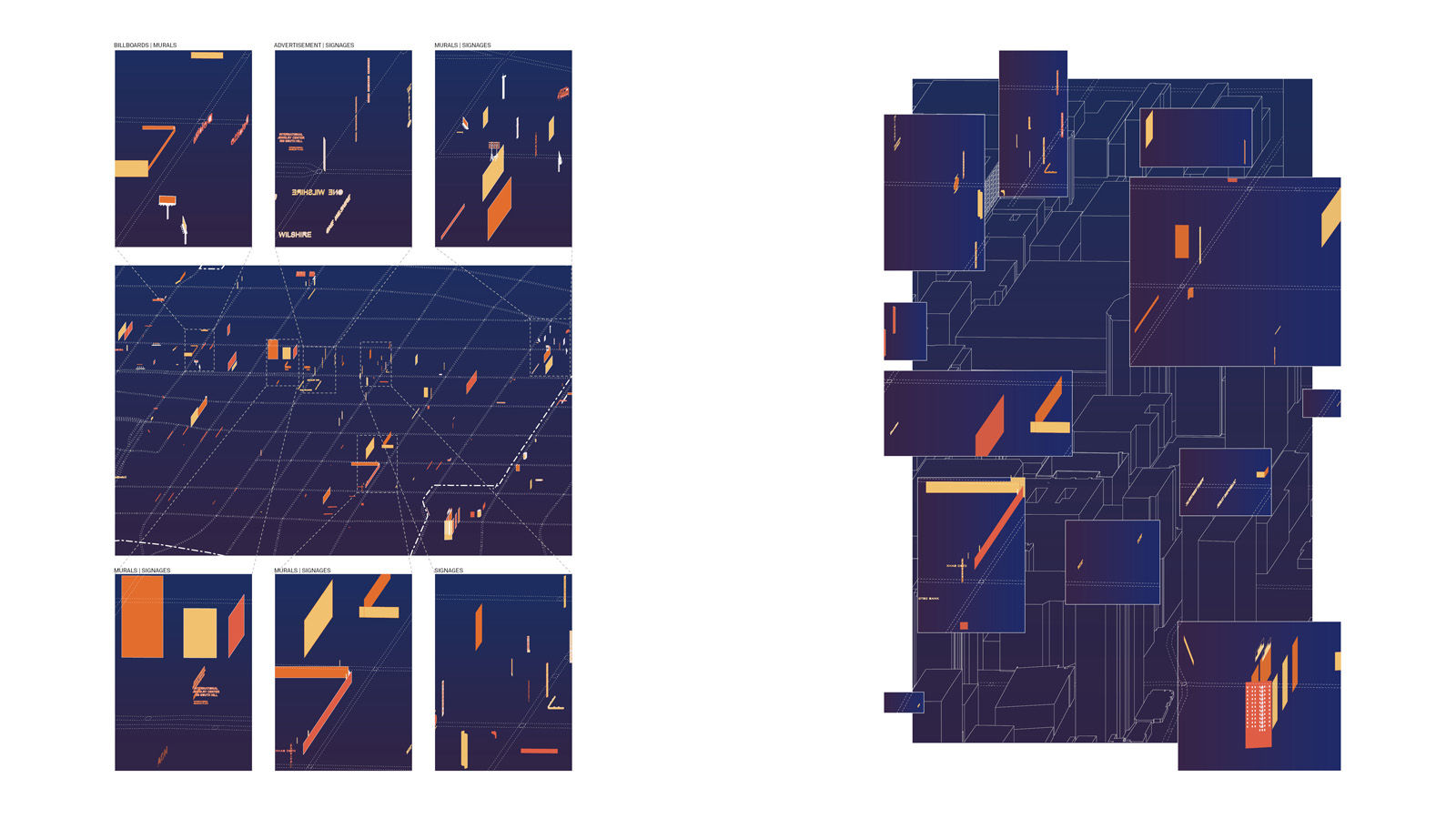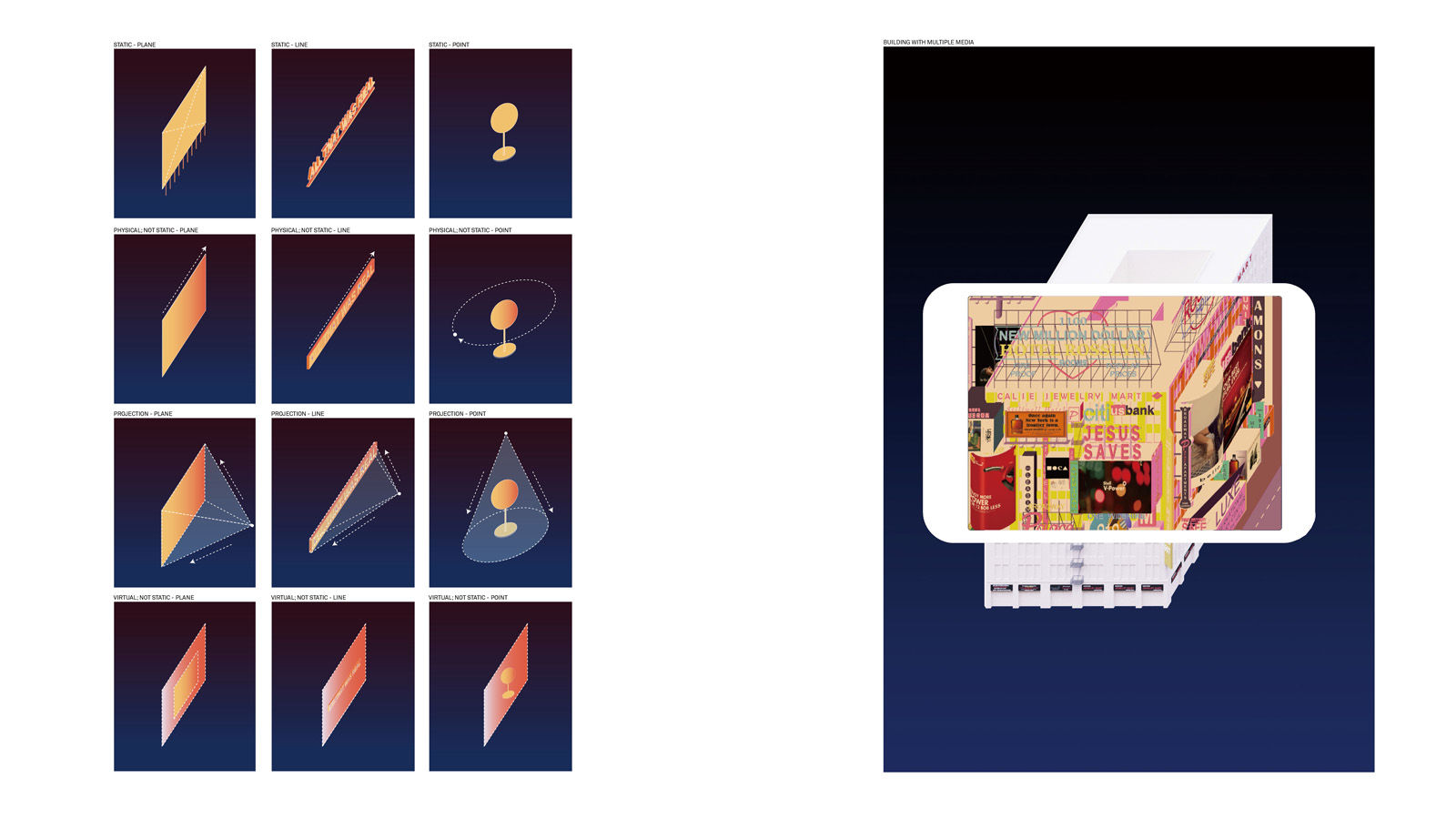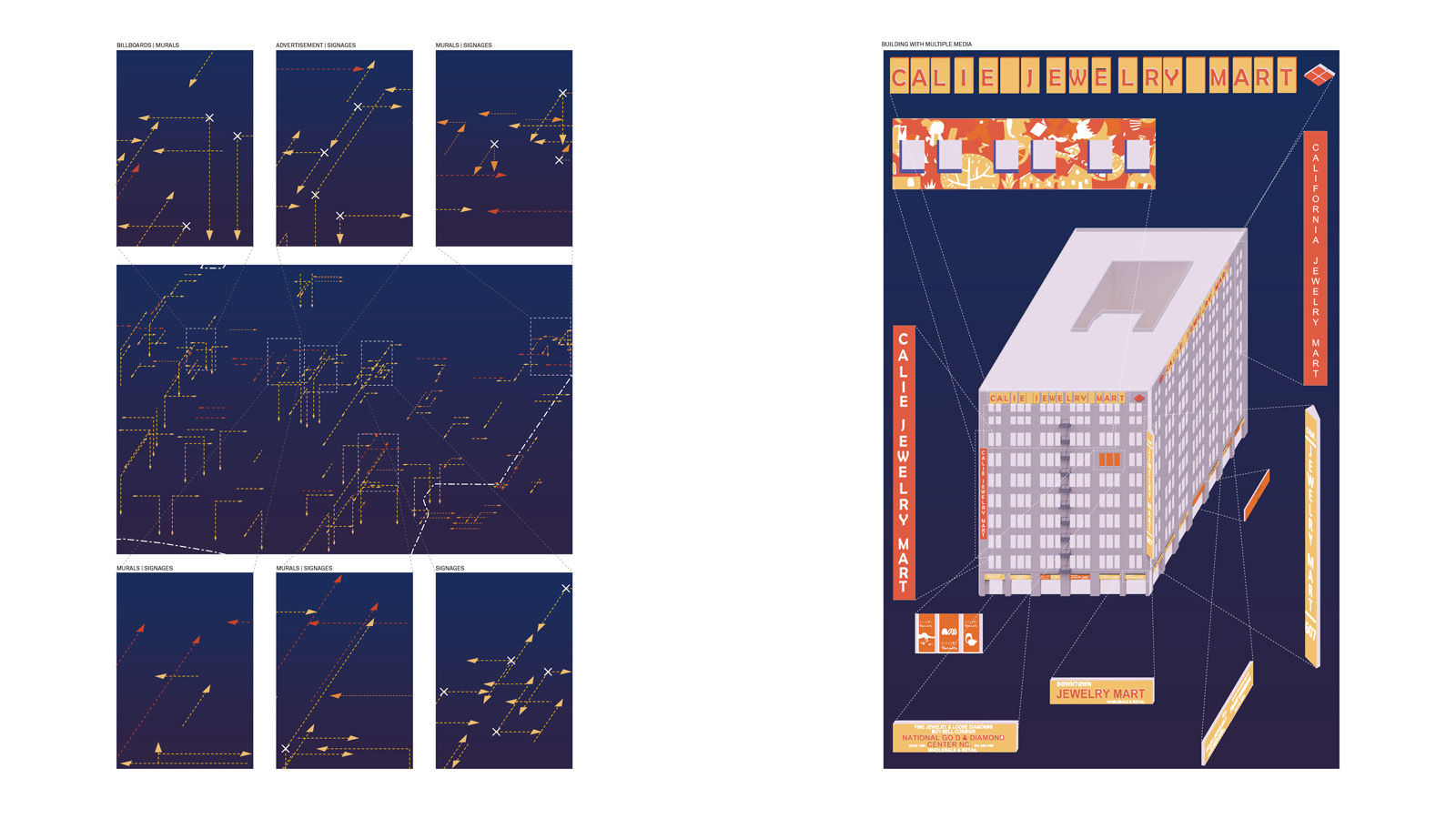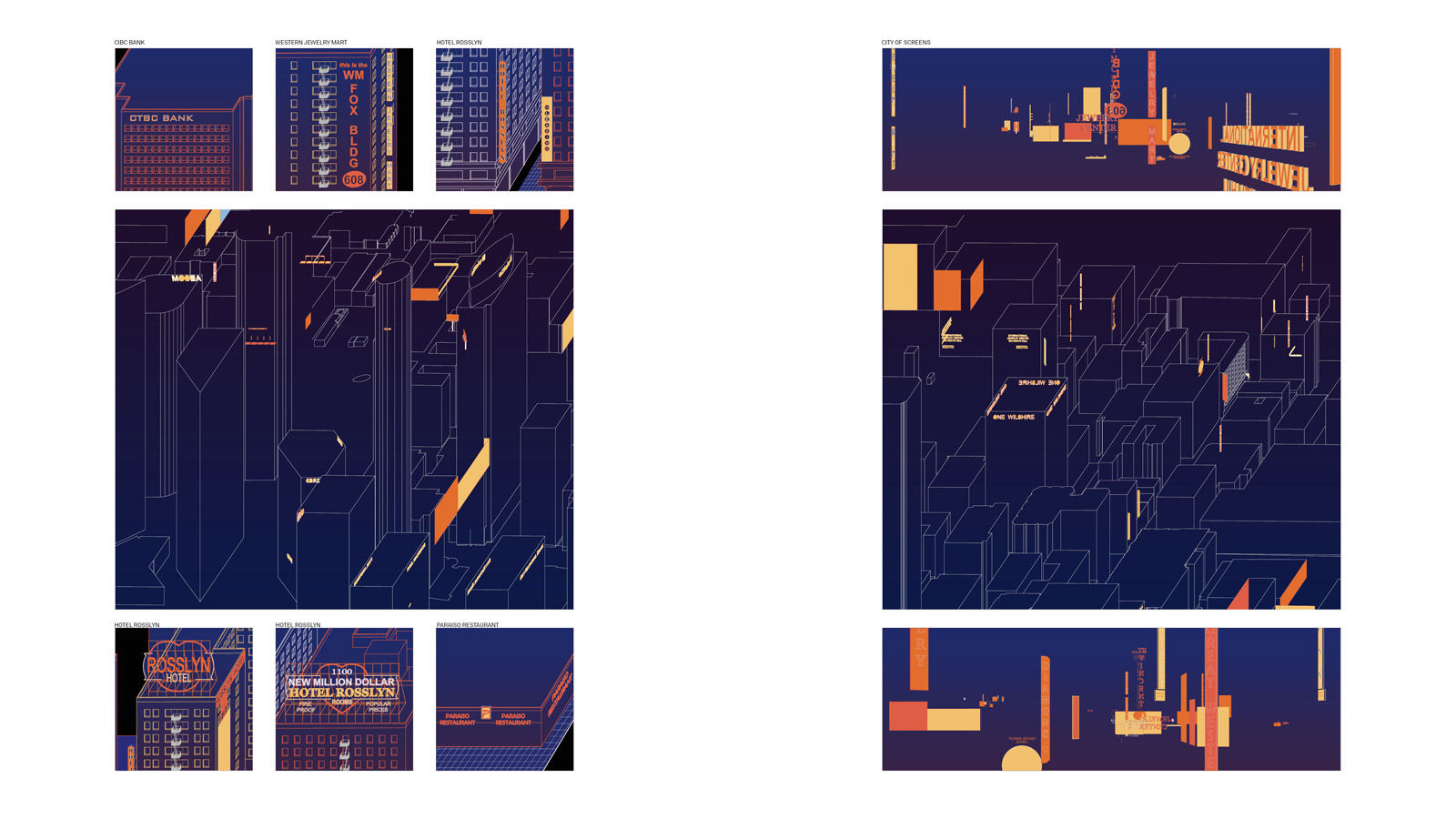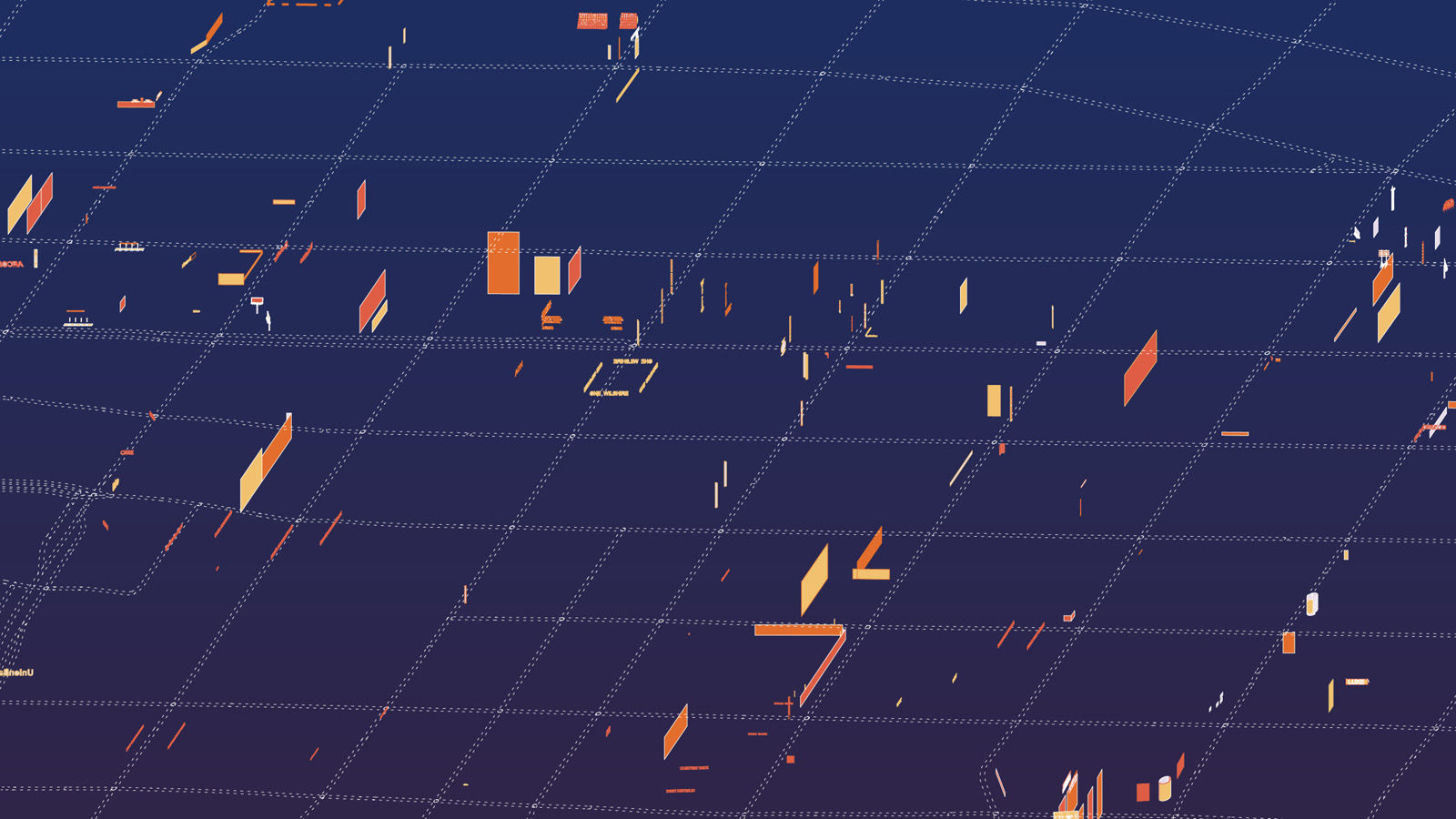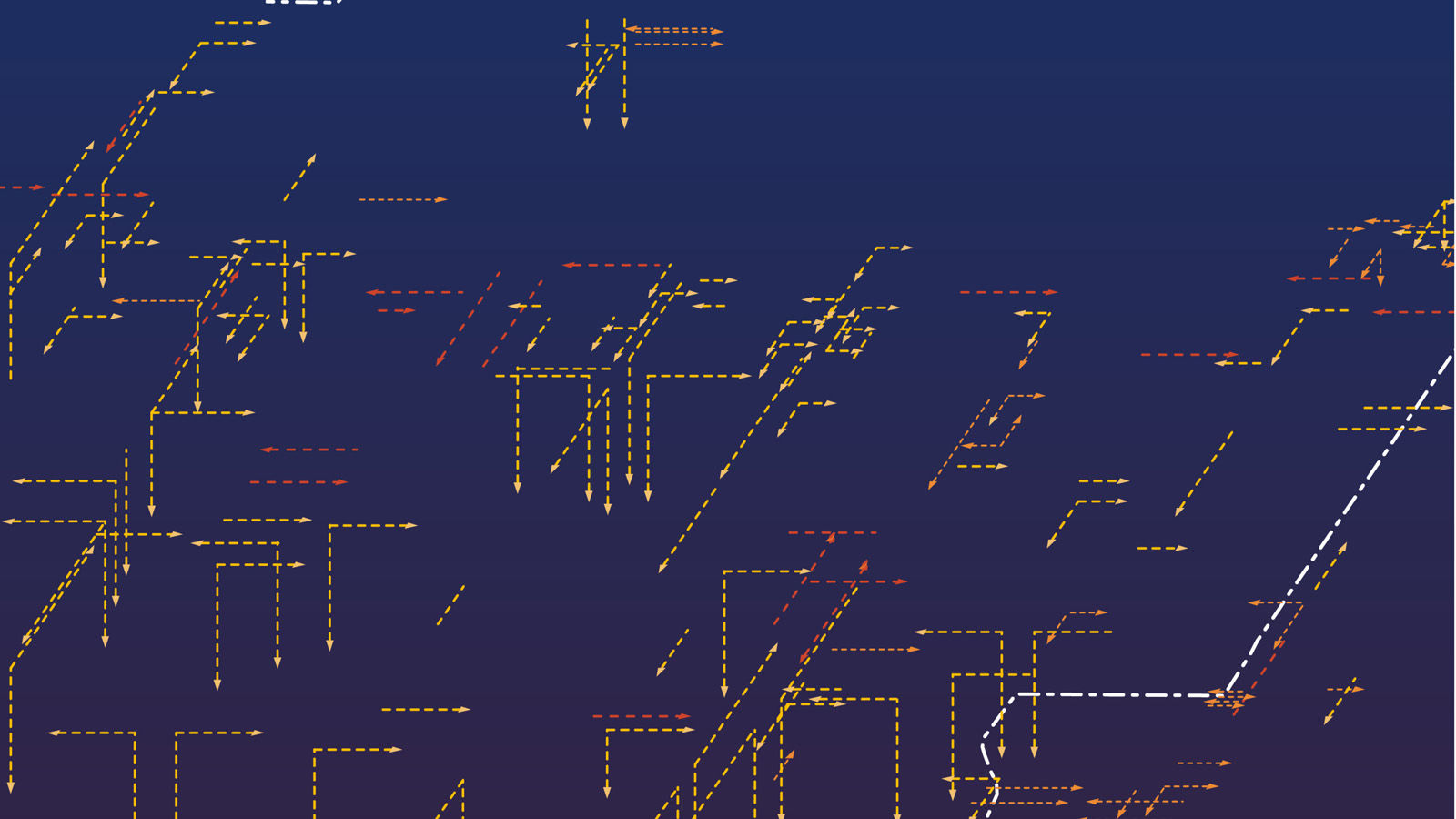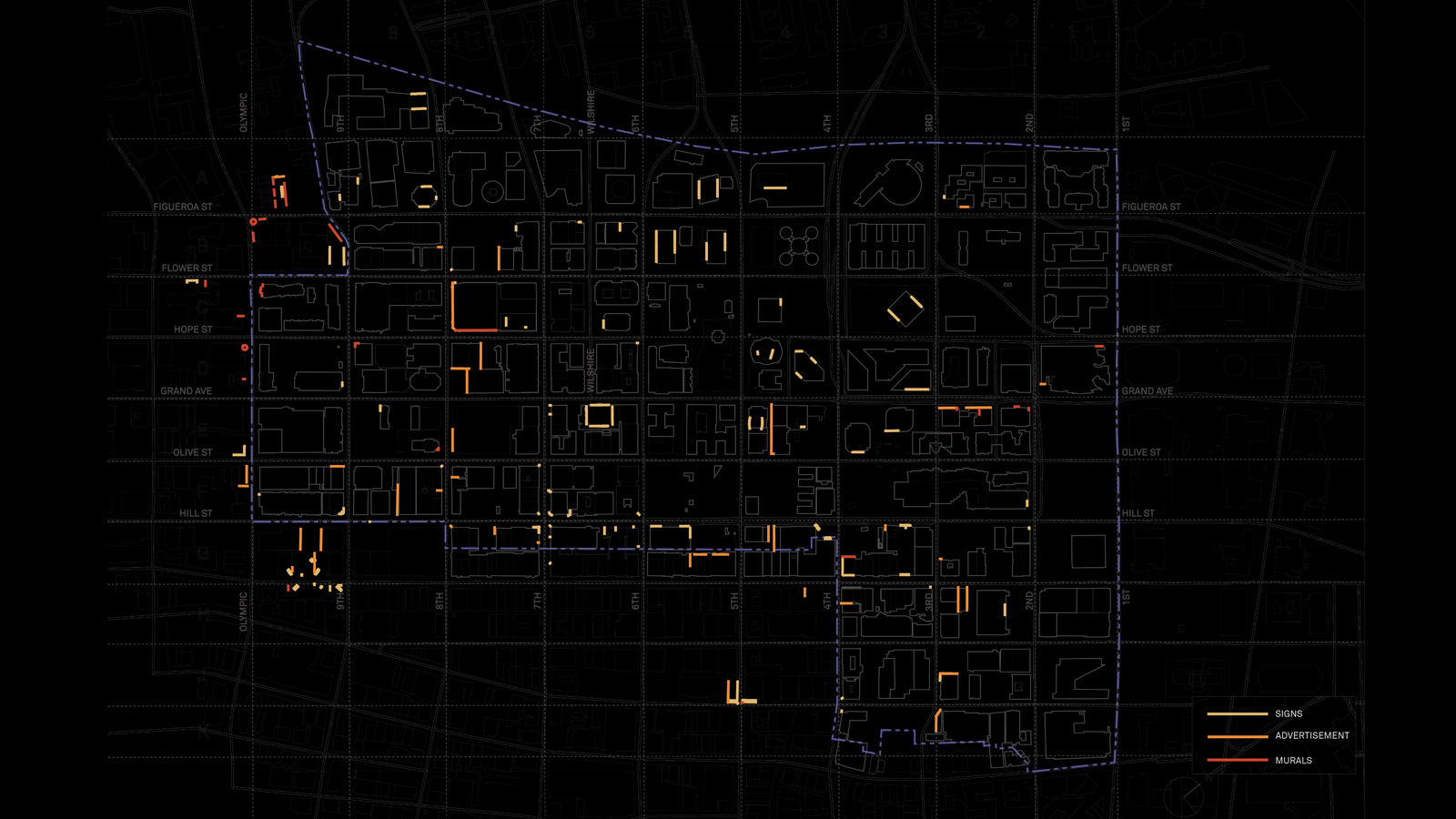City of Screens
There is a mid-to-low density to the number of murals, adverts, and screens in Downtown Los Angeles. Unlike places like Shibuya (Tokyo) or Times Square (New York City), where the density of information is exceptionally high, the mid-range density of DTLA allows for screens to almost function as a background whisperer of hidden messages.
They Live (1988) offered an abstract look into the subliminal power of billboards in Downtown Los Angeles. When isolated as blank patches of speech acts, the city is speaking softly back at the citizen. Blade Runner (1982), on the other hand, promised us flickering interactive advertisements on building facades (alongside flying cars, artificial intelligence, and constant rain). Through these cinematic retellings, we gain a better understanding of how a city like Los Angeles takes advantage of its massive blind facades as opportunities to speak.
From the historical to the contemporary, the city has continually evolved strategies to articulate through our buildings. Advertisements, murals, projections, virtual reality, and augmented reality via a mobile device are some of the ways our city has become interactive with us.
